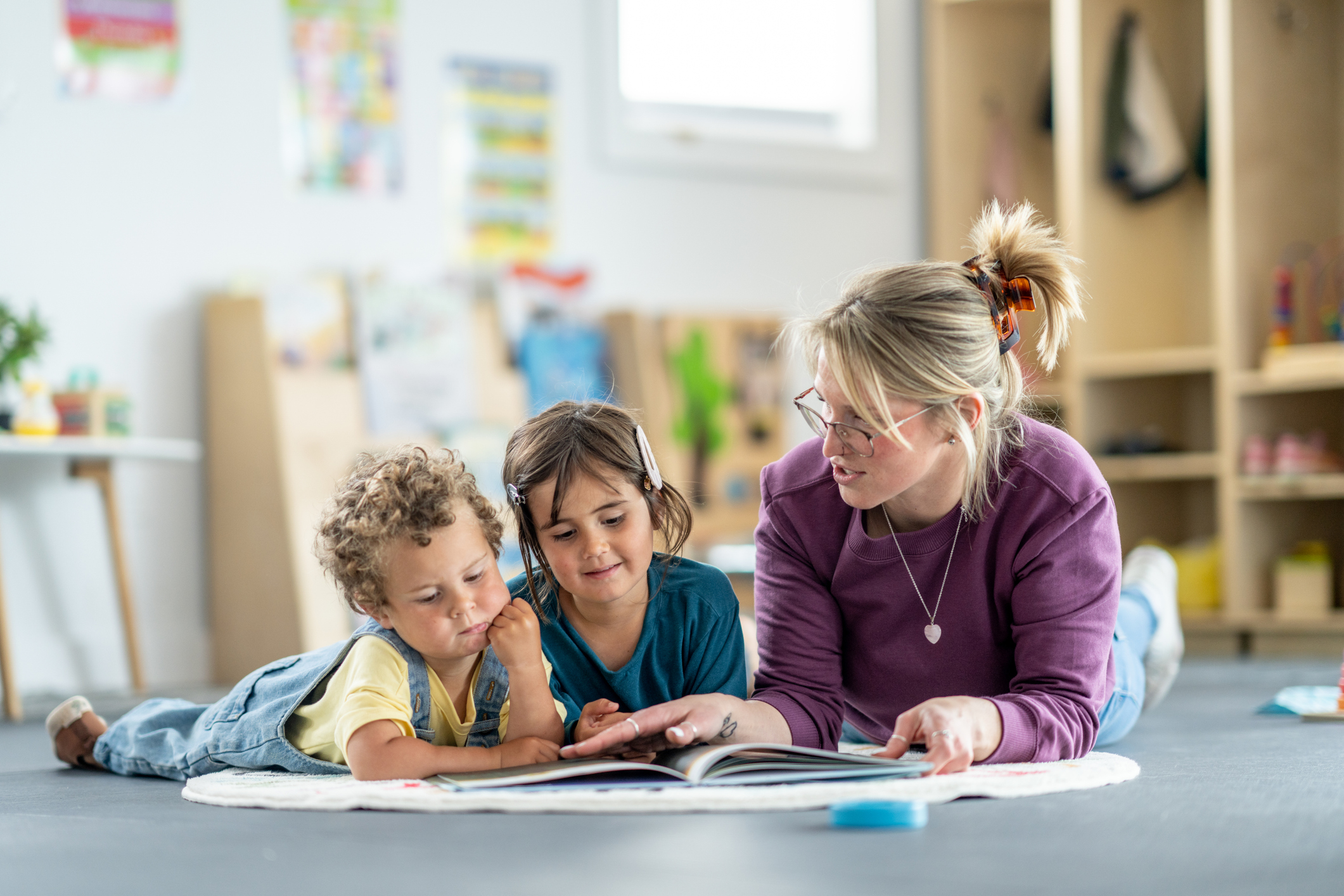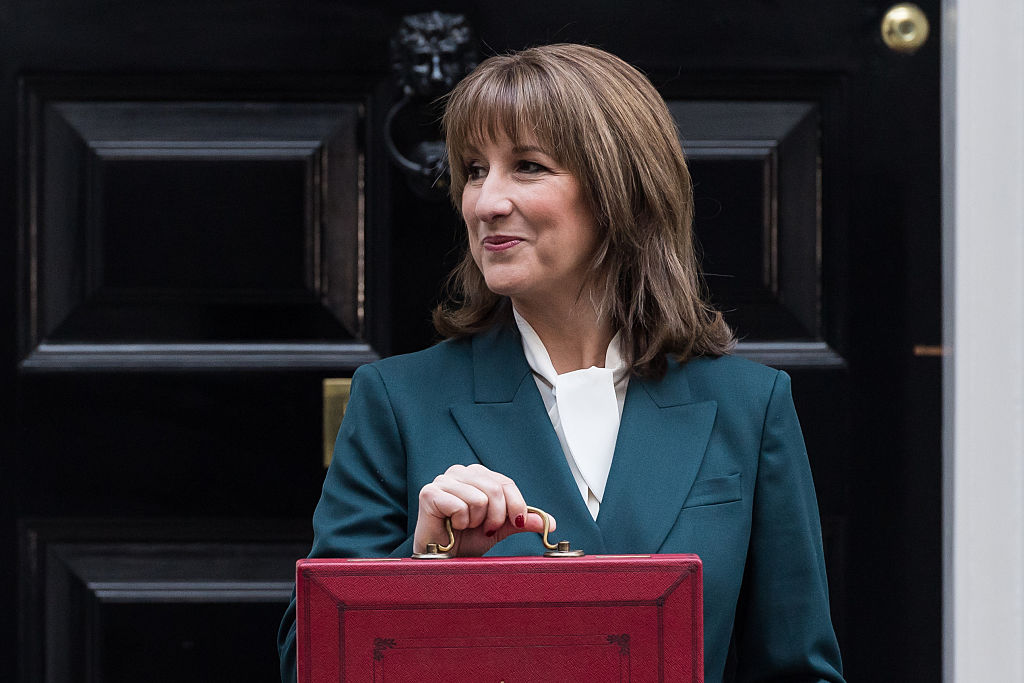
The performance of the UK’s listed infrastructure funds continues to be dismal. The average dividend yield of the renewable energy sector is 8.9%, having spiked to an all-time high of 10.6% on 7 April, according to the Association of Investment Companies (AIC). The average yield of the infrastructure sector is 6.1%, having reached a record 6.8%. Weighted average discounts to net asset value (NAV) are 24% and 17.5% respectively.
Surely these are the sort of companies that investors should be buying as the market rotates away from growth to value investing, and from the US to the rest of the world? “Analysts believe that the pessimism is overdone,” said Annabel Brodie-Smith of the AIC. “There has been some corporate activity, shares are being bought back and assets realised.” Her view has since been partially vindicated with the higher-risk, higher-reward infrastructure funds prospering. Still, the lower-risk infrastructure funds continue to languish, as do renewables.
The subsidy trap of renewables
Renewables may not be as much of a bargain as they seem. While the companies claim the economic lives of their projects are up to 40 years, “many funds will see their subsidy revenues expire in 2032-2035, and these mechanisms are typically 60% of a fund’s annual income”, points out Iain Scouller at brokers Stifel. “Once the subsidies end, the revenues will be more volatile, as a higher proportion of revenues will be subject to market prices and the funds will lose the inflation linkage provided by current support schemes.”
MoneyWeek
Subscribe to MoneyWeek today and get your first six magazine issues absolutely FREE

Sign up to Money Morning
Don't miss the latest investment and personal finances news, market analysis, plus money-saving tips with our free twice-daily newsletter
Don't miss the latest investment and personal finances news, market analysis, plus money-saving tips with our free twice-daily newsletter
The drop-off in subsidies is taken into account in asset valuations, but dividends are likely to be squeezed. These shares may prove a good investment for those who want to collect the high dividends, but the market is unlikely to favour companies with a visible sword of Damocles hanging over them. There are other risks as well. Power prices could fall. New technology could make existing projects obsolete. Costs of maintaining equipment could rise. A future government could recoup the subsidies via tax. So Scouller’s lukewarm recommendation is probably fair.
Better prospects in the infrastructure sector
Sentiment in the general infrastructure sector was given a boost in February by the all-cash bid for BBGI Global Infrastructure at a premium of 3% to NAV (and 21% to the prevailing share price). The share prices of HICL Infrastructure (LSE: HICL), International Public Partnerships (LSE: INPP), 3i Infrastructure (LSE: 3IN) and Pantheon Infrastructure (LSE: PINT) have since revived.
BBGI invested in low-risk public-private partnership (PPP) concessions of limited life. The rest of the sector has moved steadily away into demand-based assets – these are higher risk, but also offer higher returns. The share prices of INPP and HICL, still with significant PPP exposure, offer a slowly rising dividend yield of more than 7%, plus the promise of modest capital growth.
3IN and PINT offer a lower yield of roughly 4%, but target total returns of 8%-10%. PINT returned a remarkable 14% last year from a portfolio invested 44% in digital infrastructure, 29% in power and utilities and 16% in renewables and energy efficiency. However, 3IN returned a lesser 5.1% in the six months to 30 September, held back by adverse currency movements. Its portfolio is 42% in energy transition, 22% digitalisation, 22% essential infrastructure, 8% demographic change and 6% oil storage.
So while investors may be tempted by the high yields and high discounts to NAV of the renewable-energy funds, the opposite end of the spectrum looks more attractive. PINT and 3IN, which are still on discounts of over 10%, offer better long-term prospects. As so often in investment, cheap is not cheerful.
This article was first published in MoneyWeek's magazine. Enjoy exclusive early access to news, opinion and analysis from our team of financial experts with a MoneyWeek subscription.
Get the latest financial news, insights and expert analysis from our award-winning MoneyWeek team, to help you understand what really matters when it comes to your finances.

Max has an Economics degree from the University of Cambridge and is a chartered accountant. He worked at Investec Asset Management for 12 years, managing multi-asset funds investing in internally and externally managed funds, including investment trusts. This included a fund of investment trusts which grew to £120m+. Max has managed ten investment trusts (winning many awards) and sat on the boards of three trusts – two directorships are still active.
After 39 years in financial services, including 30 as a professional fund manager, Max took semi-retirement in 2017. Max has been a MoneyWeek columnist since 2016 writing about investment funds and more generally on markets online, plus occasional opinion pieces. He also writes for the Investment Trust Handbook each year and has contributed to The Daily Telegraph and other publications. See here for details of current investments held by Max.
-
 8 of the best properties for sale with indoor gyms
8 of the best properties for sale with indoor gymsThe best properties for sale with indoor gyms – from a four-storey mews house in London’s Knightsbridge, to a 1920s Arts & Crafts house in Melbury Abbas, Dorset
-
 Top stock ideas for 2026 that offer solidity and growth
Top stock ideas for 2026 that offer solidity and growthLast year’s stock ideas from MoneyWeek’s columnist and trader, Michael Taylor, produced another strong performance. This year’s stocks look promising too
-
 A reckoning is coming for unnecessary investment trusts
A reckoning is coming for unnecessary investment trustsInvestment trusts that don’t use their structural advantages will find it increasingly hard to survive, says Rupert Hargreaves
-
 Literacy Capital: A trust where great returns fund a good cause
Literacy Capital: A trust where great returns fund a good causeThere’s plenty to like about specialist private-equity trust Literacy Capital, says Max King
-
 How to harness the power of dividends
How to harness the power of dividendsDividends went out of style in the pandemic. It’s great to see them back, says Rupert Hargreaves
-
 Tetragon Financial: An exotic investment trust producing stellar returns
Tetragon Financial: An exotic investment trust producing stellar returnsTetragon Financial has performed very well, but it won't appeal to most investors – there are clear reasons for the huge discount, says Rupert Hargreaves
-
 How to capitalise on the pessimism around Britain's stock market
How to capitalise on the pessimism around Britain's stock marketOpinion There was little in the Budget to prop up Britain's stock market, but opportunities are hiding in plain sight. Investors should take advantage while they can
-
 The consequences of the Autumn Budget – and what it means for the UK economy
The consequences of the Autumn Budget – and what it means for the UK economyOpinion A directionless and floundering government has ducked the hard choices at the Autumn Budget, says Simon Wilson
-
 Profit from a return to the office with Workspace
Profit from a return to the office with WorkspaceWorkspace is an unloved play on the real estate investment trust sector as demand for flexible office space rises
-
 New frontiers: the future of cybersecurity and how to invest
New frontiers: the future of cybersecurity and how to investMatthew Partridge reviews the key trends in the cybersecurity sector and how to profit
